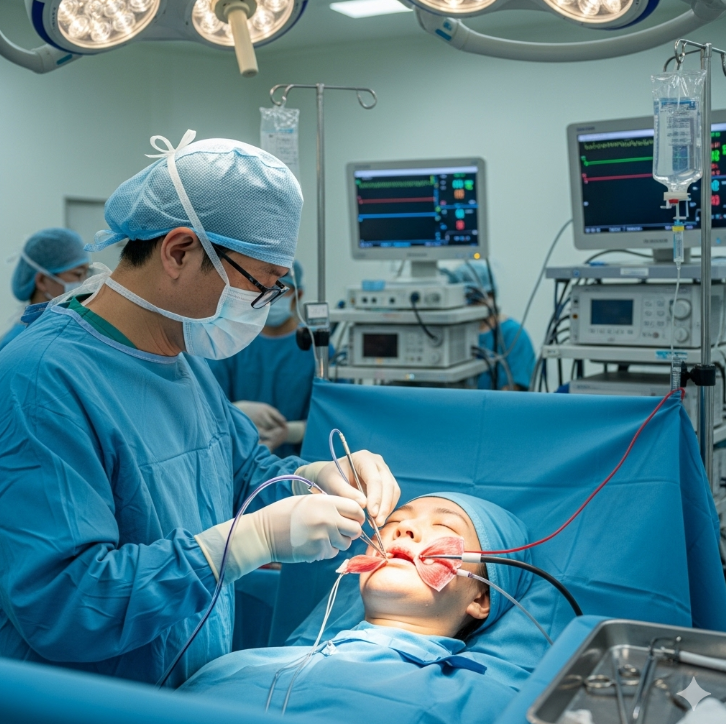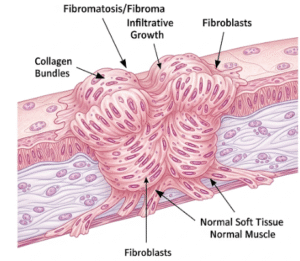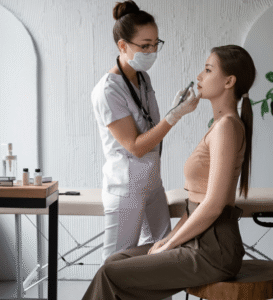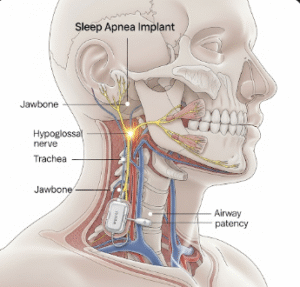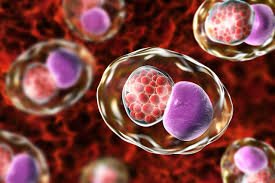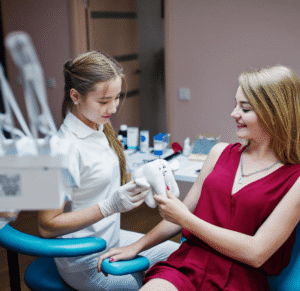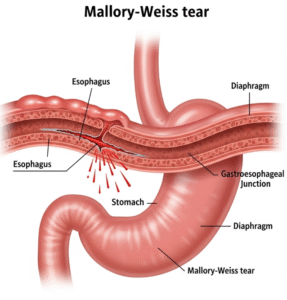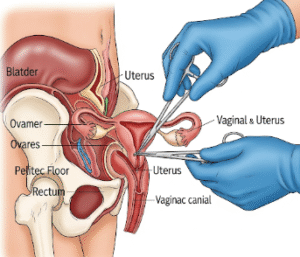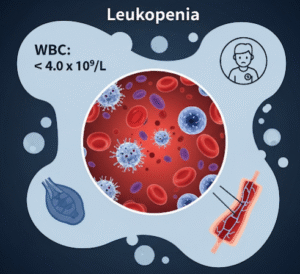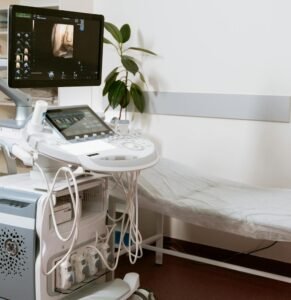What It Is
Gracilis free flap smile reanimation is an advanced microsurgical technique used to restore the ability to smile in patients with long-standing or complete facial paralysis. In this procedure, the gracilis muscle (a thin, long muscle from the inner thigh) is transplanted to the face along with its nerve and blood supply.
Once transplanted, the muscle is reinnervated using either a cross-facial nerve graft (CFNG) from the healthy side of the face or another donor nerve (such as the masseteric nerve). Over time, the transplanted muscle provides dynamic movement, allowing patients to smile naturally again. Korea is well recognized for its expertise in this complex surgery, offering 3D planning, supermicrosurgery, and advanced rehabilitation programs.
Why It’s Done
Patients undergo gracilis free flap smile reanimation because:
- They have permanent facial paralysis that cannot be treated with simpler nerve repairs.
- They want to restore emotional expression, especially smiling.
- They have functional issues with speech, eating, or facial symmetry.
- Conservative methods or nerve-only procedures are insufficient.
Good candidates include:
- Patients with long-standing paralysis (over 12–18 months) where native facial muscles have atrophied.
- Individuals with congenital facial palsy, such as Moebius syndrome.
- Adults and children in good general health who can undergo microsurgery.
Alternatives
- Nerve grafts or transfers: Effective in early paralysis but not useful once muscles are atrophied.
- Static procedures (slings or grafts): Improve symmetry at rest but do not restore movement.
- Botox and fillers: Temporary cosmetic improvement, not functional restoration.
Preparation
Before gracilis free flap smile reanimation in Korea, patients will:
- Undergo facial imaging, EMG, and nerve conduction studies to plan surgery.
- Have donor site evaluation of the gracilis muscle.
- Stop smoking and alcohol at least 4 weeks prior to surgery.
- Avoid blood-thinning medications.
- Discuss staged procedures if a cross-facial nerve graft is required before the main surgery.
How It’s Done
- Anesthesia: General anesthesia is required.
- Harvesting: The gracilis muscle with its artery, vein, and motor nerve is taken from the inner thigh.
- Transfer: The muscle is transplanted to the face, anchored to the modiolus (corner of the mouth).
- Nerve connection:
- Cross-facial nerve graft (CFNG): Connects to a branch of the healthy facial nerve for natural, spontaneous smiling.
- Masseteric nerve: Provides strong, reliable reinnervation, often combined with CFNG.
- Microvascular anastomosis: Blood vessels are reconnected under a surgical microscope.
- Duration: 8–12 hours depending on complexity.
Recovery
- First week: Swelling, bruising, and discomfort at both face and thigh donor sites.
- Hospital stay: 7–10 days for flap monitoring.
- Nerve regeneration: Takes several months; first signs of movement may appear after 4–6 months.
- Physical therapy: Essential to train new muscle for smiling and expression.
- Final results: Natural smile function typically achieved within 12–18 months.
Possible Complications
- Partial or complete flap failure due to vascular compromise.
- Donor site morbidity (thigh weakness or scarring).
- Asymmetry in smile movement.
- Synkinesis (unintended movements during smiling).
- Rare risks: infection, delayed healing, or nerve misconnection.
Treatment Options in Korea
Diagnosis
Korean surgeons use 3D facial analysis, EMG, MRI, and advanced imaging to evaluate paralysis severity and design custom surgical plans.
Medical Treatments
- Physical therapy and biofeedback to maintain facial tone.
- Botox or fillers for temporary symmetry correction.
Surgical or Advanced Therapies
- Gracilis free flap with cross-facial nerve graft for spontaneous, natural smiles.
- Gracilis free flap with masseteric nerve transfer for faster, stronger smile recovery.
- Dual-innervation techniques (combining nerves) for optimal results.
- Secondary refinements (eyelid or lip procedures) for full facial balance.
Rehabilitation and Support
- Intensive facial physiotherapy to train muscle control.
- Scar management with silicone gels or fractional laser if needed.
- Long-term follow-ups to refine smile coordination.
- International patients benefit from Korea’s world-class microsurgical centers, multilingual rehabilitation teams, and personalized aftercare programs.

